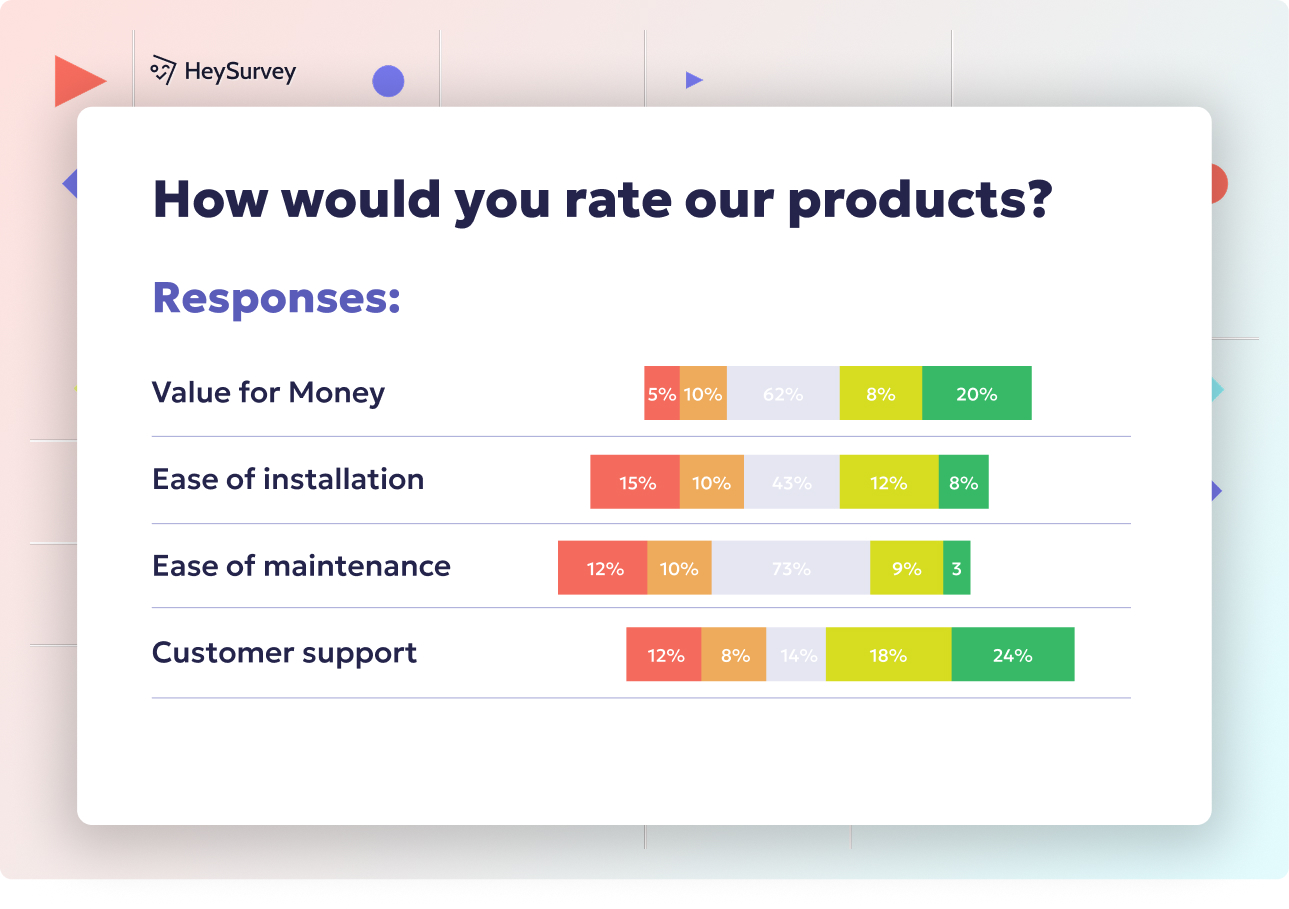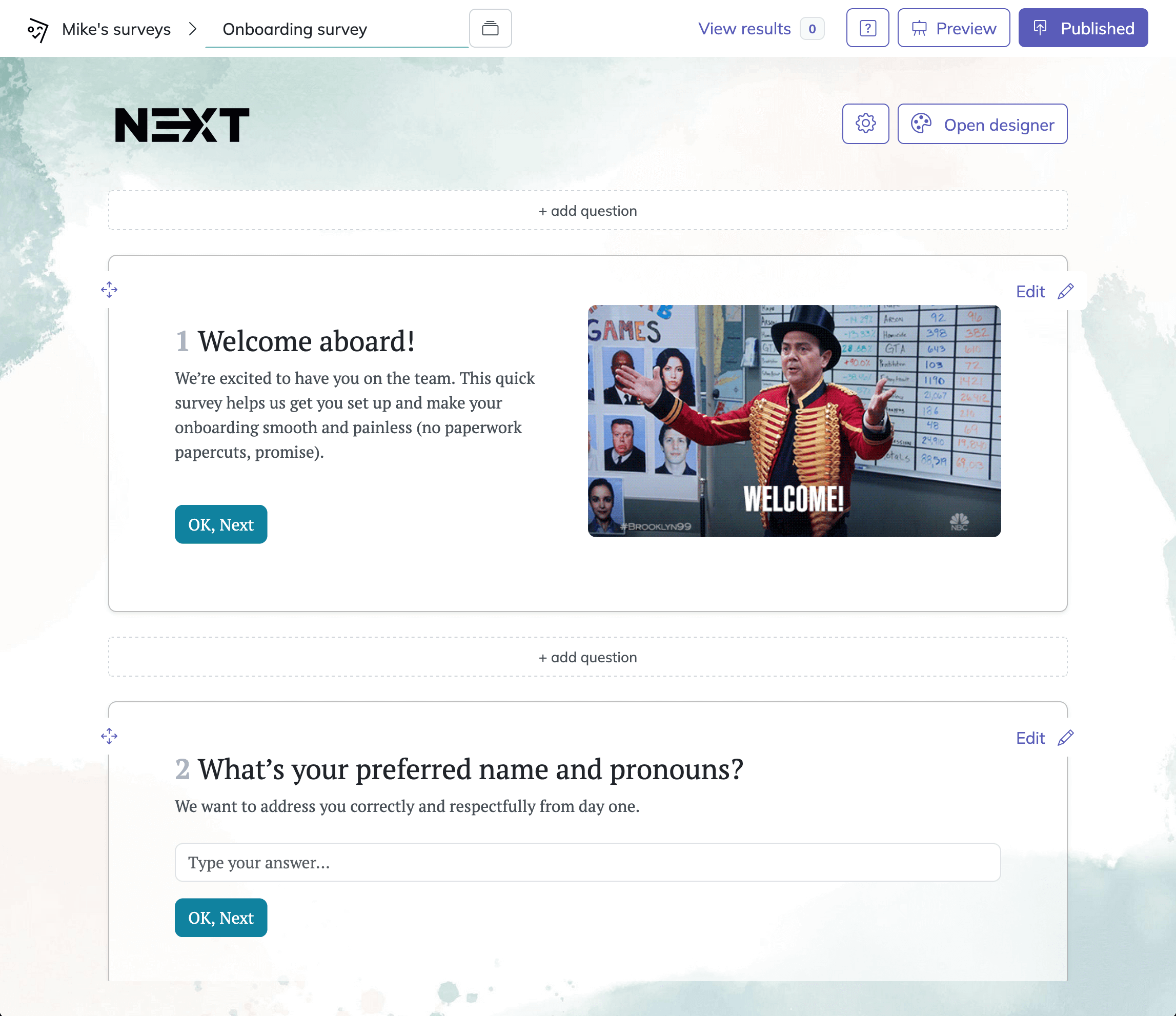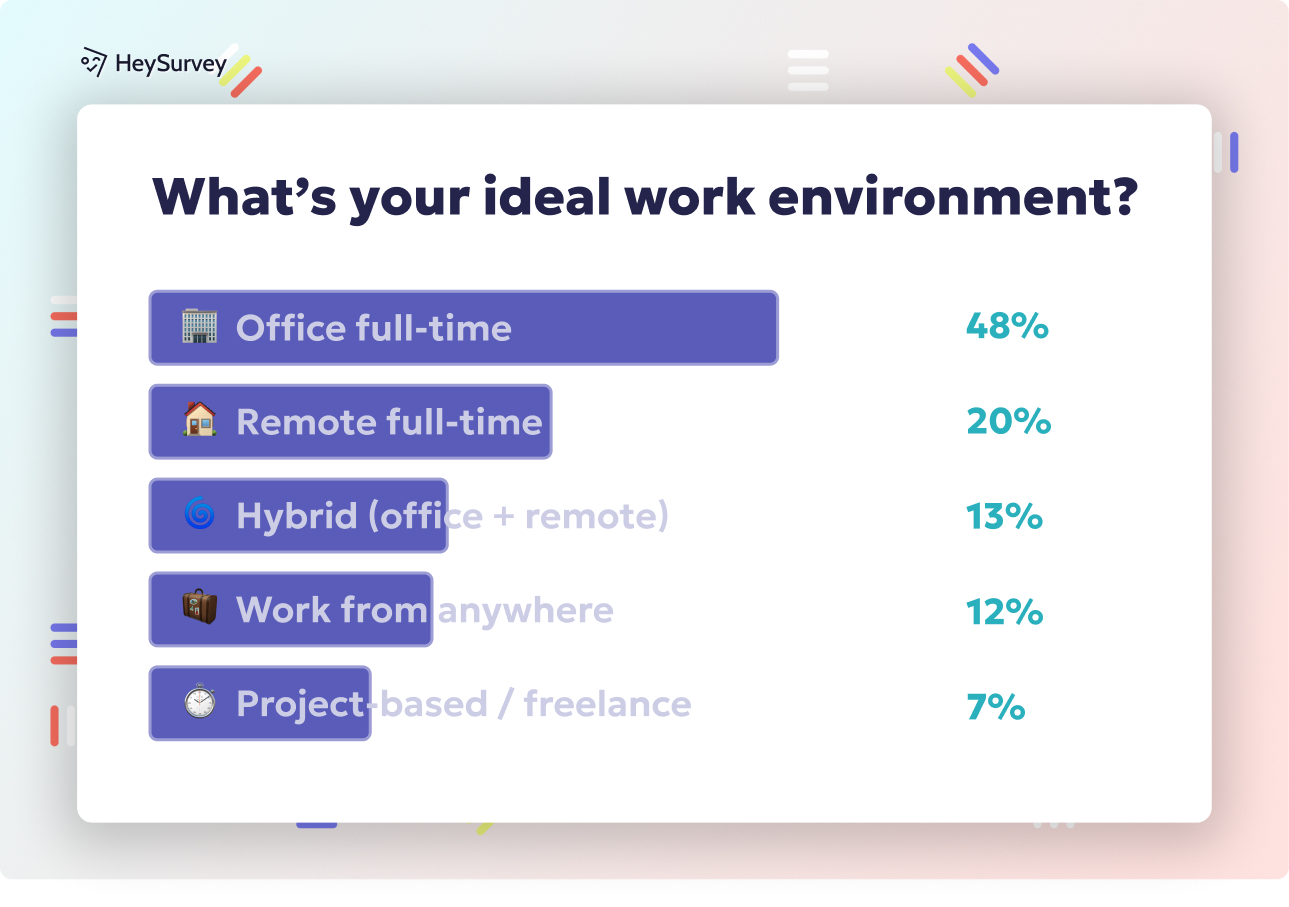25 Museum Survey Questions to Boost Visitor Experience & Revenue
Discover 40+ museum survey questions across 8 types to boost visitor experience, programming, and revenue with data-driven insights.
Introduction
In the ever-evolving world of museums, understanding visitor experiences is paramount. Targeted surveys offer a treasure trove of insights, enhancing visitor satisfaction, refining exhibits, boosting revenue streams, and strengthening stakeholder engagement. Whether it's a grand opening, a post-visit email, or a membership renewal, surveys are the compass guiding museums toward excellence. This guide delves into eight essential survey types, providing ready-to-use questions and best practices to elevate your museum's offerings.
Visitor Satisfaction Surveys
Why & When to Use
Capturing immediate impressions post-visit allows museums to identify pain points in real time, benchmark the Net Promoter Score (NPS), and implement swift operational improvements. Deploy these surveys right after a visit to gather fresh, actionable feedback.
5 Sample Questions
- How would you rate your overall experience at the museum today?
- Which three words best describe your visit?
- On a scale of 0–10, how likely are you to recommend our museum to a friend or colleague?
- How satisfied were you with signage/help finding your way around?
- What is one thing we could do to improve future visits?
Positive interactions with museum staff significantly enhance visitor engagement and satisfaction, leading to increased repeat visitation. (aam-us.org)
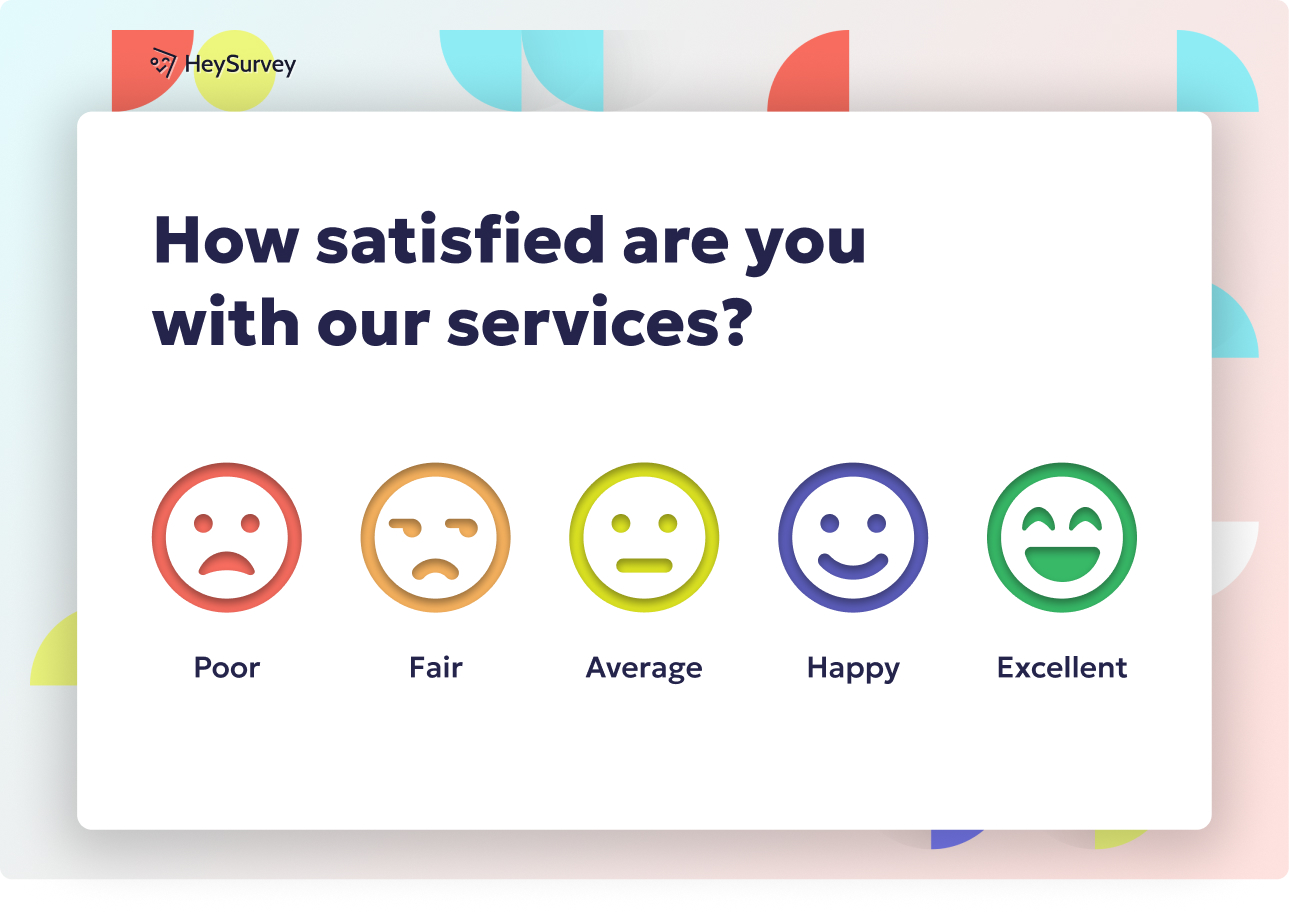
Creating a survey on HeySurvey is as easy as a Sunday stroll—just follow these three simple steps tailored for your museum survey type!
Step 1: Create a New Survey
Start by logging into HeySurvey or simply jump right in without an account if you just want to experiment. Click on “Create Survey” and choose between starting from an empty sheet, selecting a relevant template (like visitor feedback or membership surveys), or typing your questions directly for automatic formatting. Pro tip: Using a pre-built museum survey template can save you tons of time!
Step 2: Add Questions
Now it’s time to build your questionnaire. Hit the “Add Question” button and pick the question types you need—multiple choice, rating scales, text input, or even NPS scores. Customize the wording, add images if you want to jazz things up, and mark essential questions as required. If you want to get fancy, use branching to show or hide questions based on previous answers—perfect for tailoring the survey to different visitor groups.
Step 3: Publish Your Survey
Once your questions are set and you’ve previewed the survey to check the flow and look, it’s publishing time! Click “Publish” to get a shareable link or embed code you can send out via email or place on your website. Note you need an account to publish and view responses, so sign up if you haven’t yet.
Bonus Steps to Impress
- Apply Branding: Upload your museum’s logo and customize colors and fonts in the Designer Sidebar to create a survey that screams your brand’s personality.
- Define Settings: Set start and end dates for survey availability, limit the number of responses, or add redirect URLs to thank-you pages.
- Skip into Branches: Use branching rules to guide respondents through personalized paths (e.g., skip exhibition feedback if they didn’t visit an exhibit), resulting in cleaner data and happier participants.
Ready to dive in? Open a museum survey template below and get started in a flash!
Exhibition & Gallery Feedback Surveys
Why & When to Use
Assessing the resonance of specific exhibits helps museums align curator intentions with visitor takeaways, fine-tuning interpretive materials before traveling or rotating shows. Ideal for deployment during or immediately after an exhibition.
5 Sample Questions
- Which exhibit engaged you the most, and why?
- How clear was the storyline or theme of this gallery?
- Did interactive elements enhance or distract from your understanding?
- How much time did you spend in this exhibit compared to others?
- What would motivate you to return for a future exhibition?
Visitors are more likely to return to museums that offer new exhibitions and diverse programming, as novelty and variety significantly enhance visitor engagement. (aam-us.org)
Membership & Loyalty Surveys
Why & When to Use
Understanding member expectations and drivers of renewals is crucial. Administer these surveys annually or prior to benefit restructuring to ensure the membership program remains appealing.
5 Sample Questions
- What primary benefit influenced your decision to become a member?
- How satisfied are you with members-only events?
- Which additional perks would encourage you to renew?
- How well do you feel your membership supports the museum’s mission?
- How likely are you to upgrade to the next membership tier within 12 months?
Educational Program Surveys
Why & When to Use
Evaluating the effectiveness of school tours, workshops, and lectures helps museums meet grant-reporting requirements and adjust curricula for diverse age groups. Deploy these surveys immediately after program completion.
5 Sample Questions
- How clearly did the program align with your classroom curriculum or learning objectives?
- Rate the presenter’s ability to engage participants.
- Which activity or artifact resonated most with students?
- Did the program’s length feel too short, too long, or just right?
- What topics would you like future programs to cover?
Shorter surveys significantly increase response rates, with participants nearly twice as likely to complete brief surveys compared to longer ones. (ncbi.nlm.nih.gov)
Accessibility & Inclusion Surveys
Why & When to Use
Identifying physical, sensory, and cognitive barriers ensures compliance with ADA and inclusive-design standards. Deploy these surveys after renovations or policy updates to gauge effectiveness.
5 Sample Questions
- How easy was it to access exhibit information in your preferred format (text, audio, braille, etc.)?
- Did staff provide adequate assistance for your accessibility needs?
- How comfortable did you feel navigating public spaces such as elevators and restrooms?
- What additional accommodations would improve your visit?
- Do you feel represented in the stories and artifacts on display?
Digital & Virtual Experience Surveys
Why & When to Use
Evaluating online exhibitions, mobile apps, AR/VR tours, and website usability helps museums adapt to digital trends. Conduct these surveys immediately after digital sessions or app downloads.
5 Sample Questions
- How intuitive was the navigation of our virtual exhibit or app?
- Did the digital content deepen your understanding of the subject matter?
- How satisfied are you with load times and overall performance?
- What features would you like to see added in future updates?
- Did the virtual experience motivate you to visit the museum in person?
Retail, Café & Amenities Surveys
Why & When to Use
Optimizing secondary spend areas enhances revenue. Deploy these surveys via receipts, QR codes on tables, or follow-up emails to gather actionable feedback.
5 Sample Questions
- How would you rate the variety of merchandise in the gift shop?
- Was the café menu consistent with your dietary preferences?
- How reasonable did you find the pricing of retail or food items?
- How satisfied were you with the cleanliness of restrooms and common areas?
- What new products or services would improve your experience?
Donor & Stakeholder Perception Surveys
Why & When to Use
Understanding motivations of donors, board members, and sponsors guides fundraising campaigns. Send these surveys after annual reports or fundraising events to gauge satisfaction and areas for improvement.
5 Sample Questions
- How confident are you in the museum’s strategic direction and leadership?
- Which museum initiatives most inspire you to give?
- How effectively do we communicate the impact of your contributions?
- What recognition methods do you find most meaningful?
- How likely are you to increase your level of support within the next year?
Best Practices: Dos and Don’ts for Museum Survey Design
Do set clear objectives and tie every question to an actionable metric.
Do keep surveys concise—10 minutes or less to maximize completion rates.
Do use a mix of quantitative scales and open-ended prompts for richer insights.
Don’t use leading or double-barreled questions that skew data.
Don’t overlook mobile optimization or accessibility standards for screen readers.
Do pilot test with a small sample before full deployment.
Do incentivize participation ethically (e.g., discount code, entry into ticket giveaway).
Do communicate findings back to respondents to foster transparency and trust.
Conclusion
Crafting targeted surveys is a dynamic strategy for museums aiming to enhance visitor experiences, refine programming, and boost revenue. By implementing the right survey types at optimal times and adhering to best practices, museums can unlock valuable insights that drive continuous improvement. Remember, the key to success lies in listening to your audience and adapting to their needs.
Related Feedback Survey Surveys
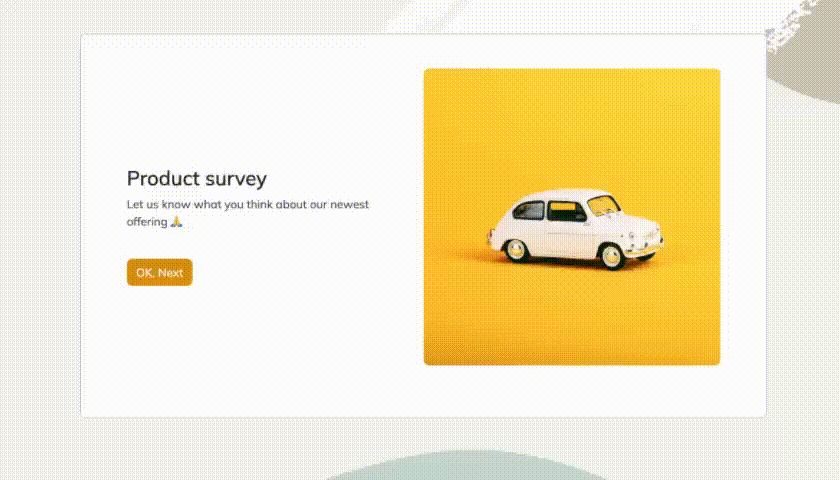
25 Catering Survey Questions to Collect Actionable Feedback
Discover 30 expert catering survey questions to gather actionable feedback that enhances menus, s...
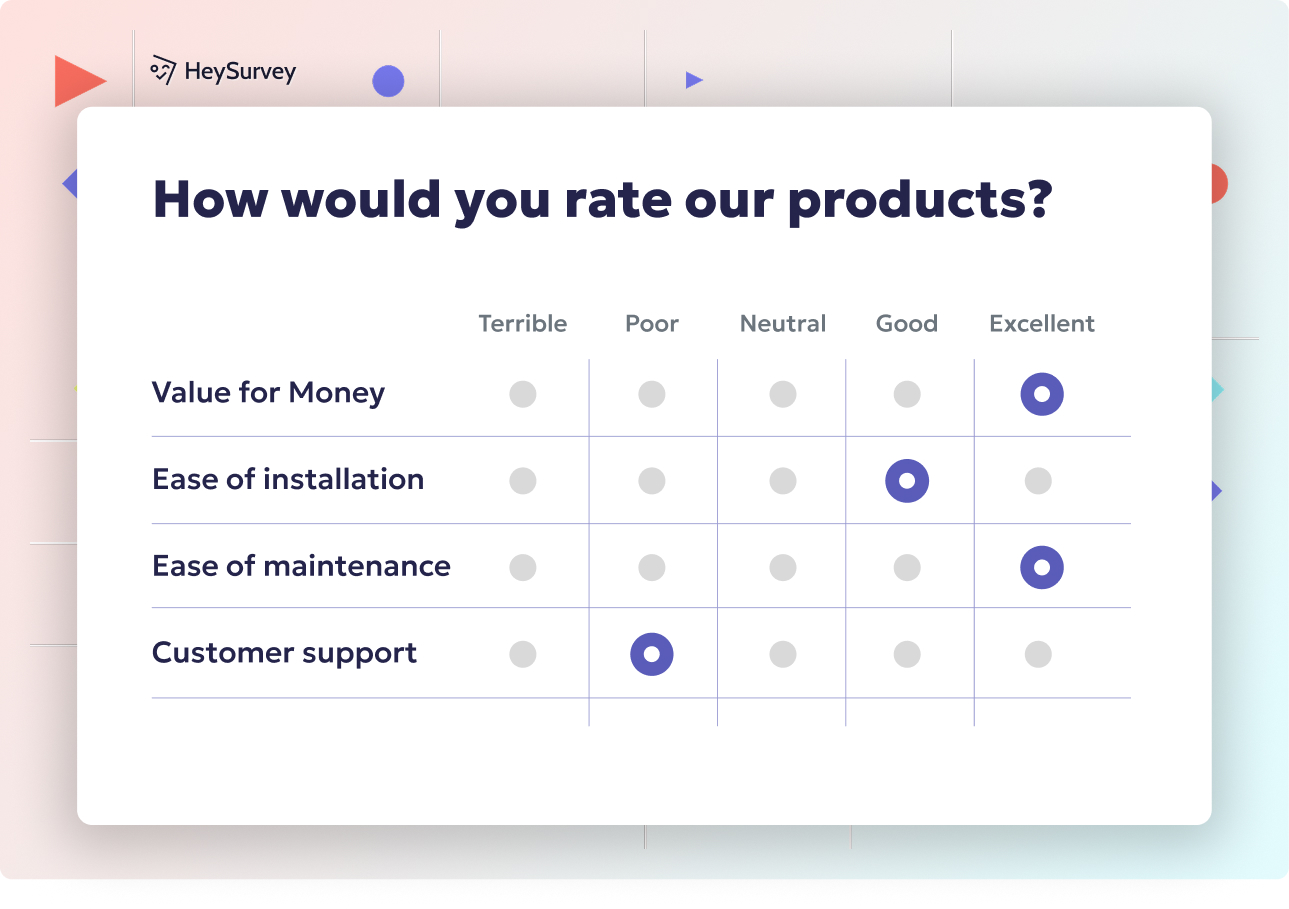
30 User Feedback Survey Questions for Better Insights
Discover 40+ user feedback survey questions across 8 types to boost product insights, UX, and cus...

30+ Environment Survey Questions for Sustainable Insights
Explore 30+ environment survey questions with expert tips covering awareness, behavior, corporate...
